One of my favorite books is “One Second After” by William Forstchen. The short novel tells the tale of a small-town family dealing with the effects of the power grid going down, most likely from an EMP (electromagnetic pulse) blast over the breadbasket of America. The book is eye-opening as the power outage emergency plays out, and it made me reconsider what I have on hand should disaster strike.
Let’s face it, extended power outages can be caused by something way less exotic than an EMP blast. The possibility and probability of losing power are great enough to warrant training for it. One of the best ways to assess your response to the inevitability of losing power is to stage a 72-hour power outage drill in your own home. Believing in the scenario is paramount to the process and what it reveals will strengthen your level of preparedness.
Staging a Power Outage Exercise

When you are setting up your mock 72-hour emergency scenario, you can approach it in two ways. You can run the scenario as is without additional prep, or you can spend some time staging your house for success.
Perhaps you already have flashlights in each room and you already have a backup method for boiling water and cooking food. Maybe you have a rain barrel in the backyard and don’t have to worry about sourcing non-potable water. You may have any number of existing preparation in place that will ensure your success, but part of the fun, if you want to call it that, is testing those preparations out and learning where your weaknesses are.
Everyone has a solution for food. Most of us have enough food in our pantry to last us a good week or more. We also carry plenty of food (read “fat”) around our midsection to get us through 72 hours. What most people don’t give a second thought to until it presents itself is where all that food goes when it leaves our body. I know it is a shitty topic but having enough water on hand in your bathroom to manually flush your toilet is something you should consider.
Remember, even if you’re property is connected to a sewer system and you don’t rely on electric pumps for well water, a local power outage probably won’t impact the flow, but a broader power outage will as pump stations go down. For the maximum benefit of this exercise, just assume there’s no water in the tap.
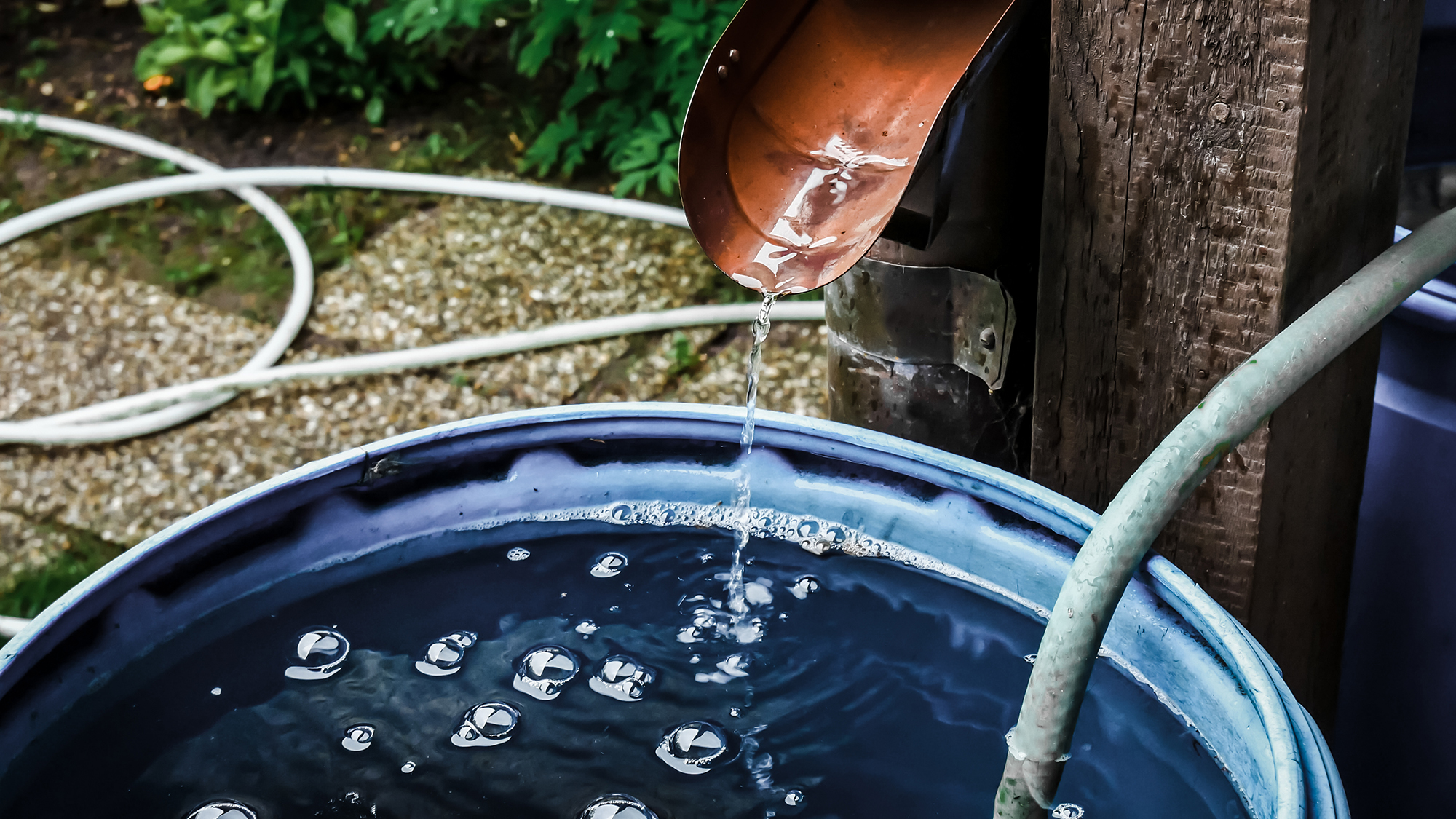
Those who live in natural disaster-prone areas know the importance of filling their bathtub with water before a storm comes in. This water may not be the best to drink but it can be used to send waste through your home’s piping. Understand to the quality of bottled water you get at the store will vary and some water will taste better than others.
Another important aspect of this challenge is preparing to keep warm. At home, you have the luxury of wearing as many clothes as necessary from your closet. However, it is much more comfortable if you can control the climate around you, but you have to be careful and vigilant about how you do it.
People die from carbon monoxide poisoning trying to use gas grills as fireplaces every year. A better option is using a dedicated heater in a single room of your house that you can monitor more closely. And remember, a smaller room with blankets over the windows will be easier to heat.
Keep in mind that any open flame indoors creates a potential fire hazard. You may want to reassess what you consider necessary comfort and keep some extra sweaters handy.
Time to Turn The Lights Out
Doing this challenge if you live alone is one thing, but it gets exponentially more complicated when you have to incorporate additional family members. However, it does allow you to make the exercise more of a surprise for the other people involved.
To start the challenge, you can simply turn off the main breaker in your house. This is the most abrupt and complete manner of cutting your power. Obviously be careful doing this in cold weather if you have electric heat. Absolutely no heat means water pipes can freeze and burst. If you want to err on the side of caution, you can ease into your 72-hour challenge gradually by unplugging certain items in your house one at a time or flipping off specific breakers in your home’s fuse box.
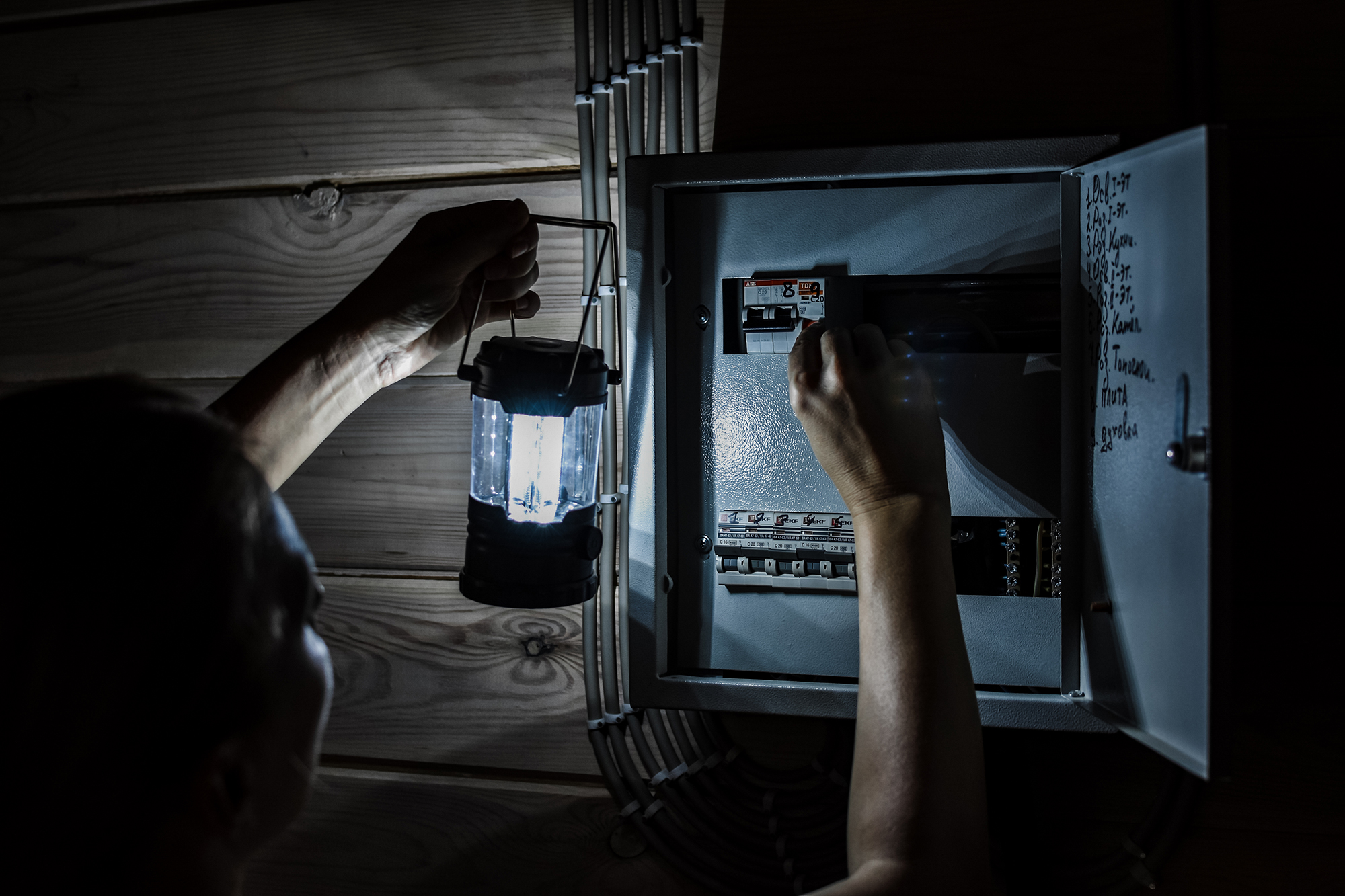
You can also start with a shorter challenge of 24 hours and build up to a weekend and then a full 72 hours to replicate a real emergency.
Take stock of the appliances in your house that use outlets. Note what battery-operated resources require recharging and determine if you have a way to juice them up without plugging them into a wall. If your fridge or freezer is on its own circuit, you may want to leave that on and simply consider the refrigerator off-limits — unless it’s time to clean it out anyway. This process can also allow you to create a thorough power outage checklist as you go through it.
It’s important for any training exercise to have a distinct purpose. In this case, you must determine what task you and your family must accomplish. Sitting around will lead to boredom. Quite literally, think constructively.
Think about having to build something that will affect your survival in your home. Ever try basic carpentry without power tools? Ever attempt baking in a Dutch oven with just coals? Take note of what you can do with what you have on hand when you lose the precious resource of power.
You will be surprised at how quiet your surroundings are when the juice is off. You won’t hear the motor to your refrigerator running or its ice maker clunking every so often. There won’t be any background noise of a TV. You’re also not going to hear your garage door opener, the doorbell, or any other device that we forget is linked to electricity.
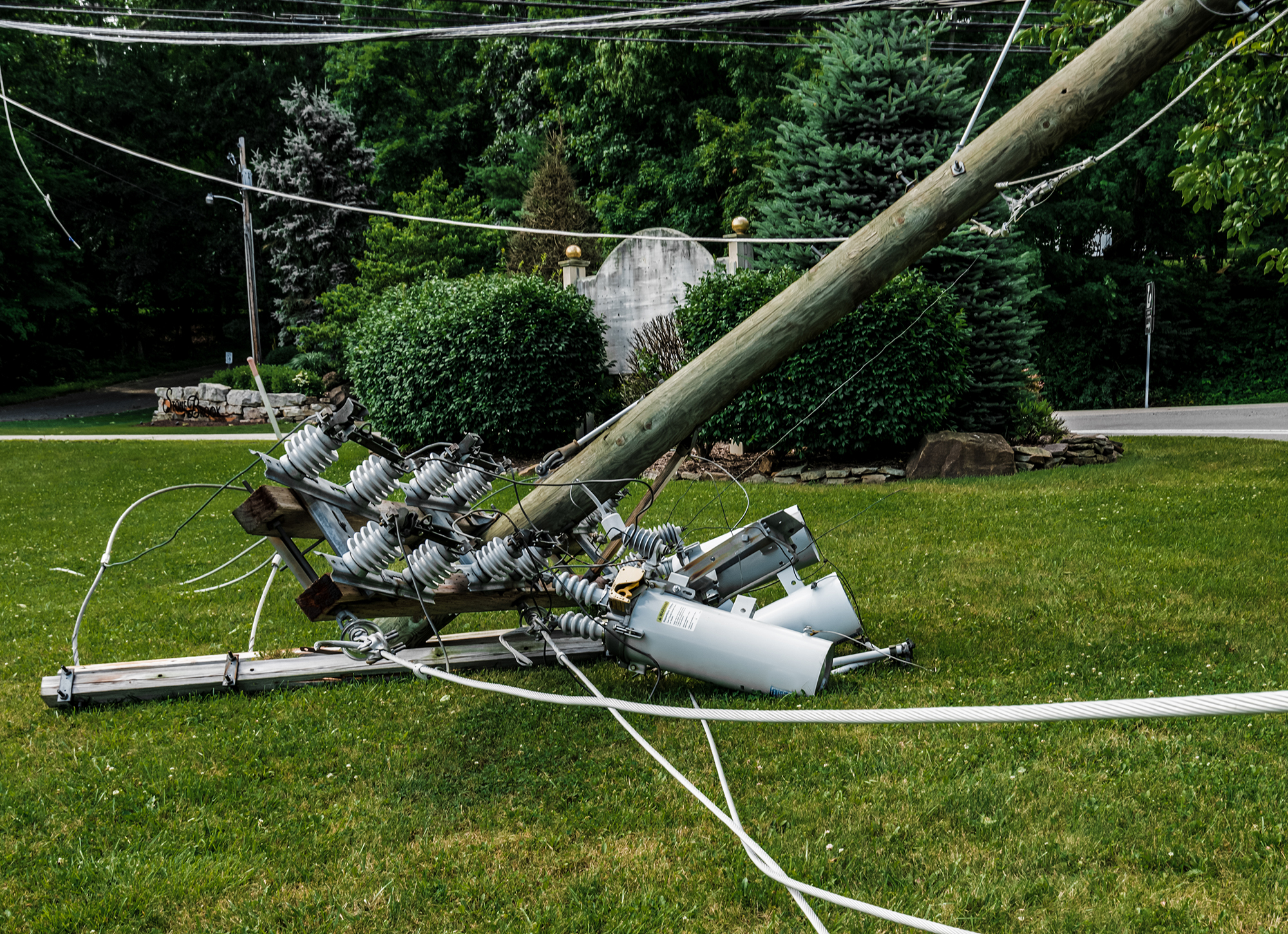
Many people aren’t used to fighting boredom for 72 hours in the modern world without television, music, or WiFi. Have things on hand to occupy some time that don’t require power like board games, cards, and books. If you have a movie you love, get the book version and use your memory and imagination to rewatch it in your head.
Depending on how seasoned your family is, you can add in the value of training modifiers to the exercise. For instance, you can mark the fridge verboten and the family can try living off a rotation of canned goods in the pantry.
Or, near the 72-hour mark, you can decide the correct course of action is moving the whole family to a more secure location and see how long it takes for everyone to grab the essentials without notice. The possibilities are endless.
Power Outage After Action Review
Immediately following your 72-hour power outage at home drill, you should conduct an after-action review. This should expose any issues and difficulties you encountered along the way. Look at what you did right and where you experienced trouble. If you are reviewing with your family, make sure you set expectations like “don’t complain unless you have a solution.” There is no room for complaining in a disaster. This will avoid any unnecessary chatter and griping that is cancerous to the process.
In your after-action review, look at potential alternative power solutions. The 72-hour scenario is meant to be done without the power grid, but there are other ways to get juice. Next time, allow the use of power banks, battery packs, solar panels, or even a gas generator.
Look at different emergency food options that don’t require refrigeration or any power to prepare. Determine what your water consumption looked like and if you had enough on hand for drinking, meal prep, and sanitation needs. Maybe you discovered a way to locate or gather water in case your supply runs out.
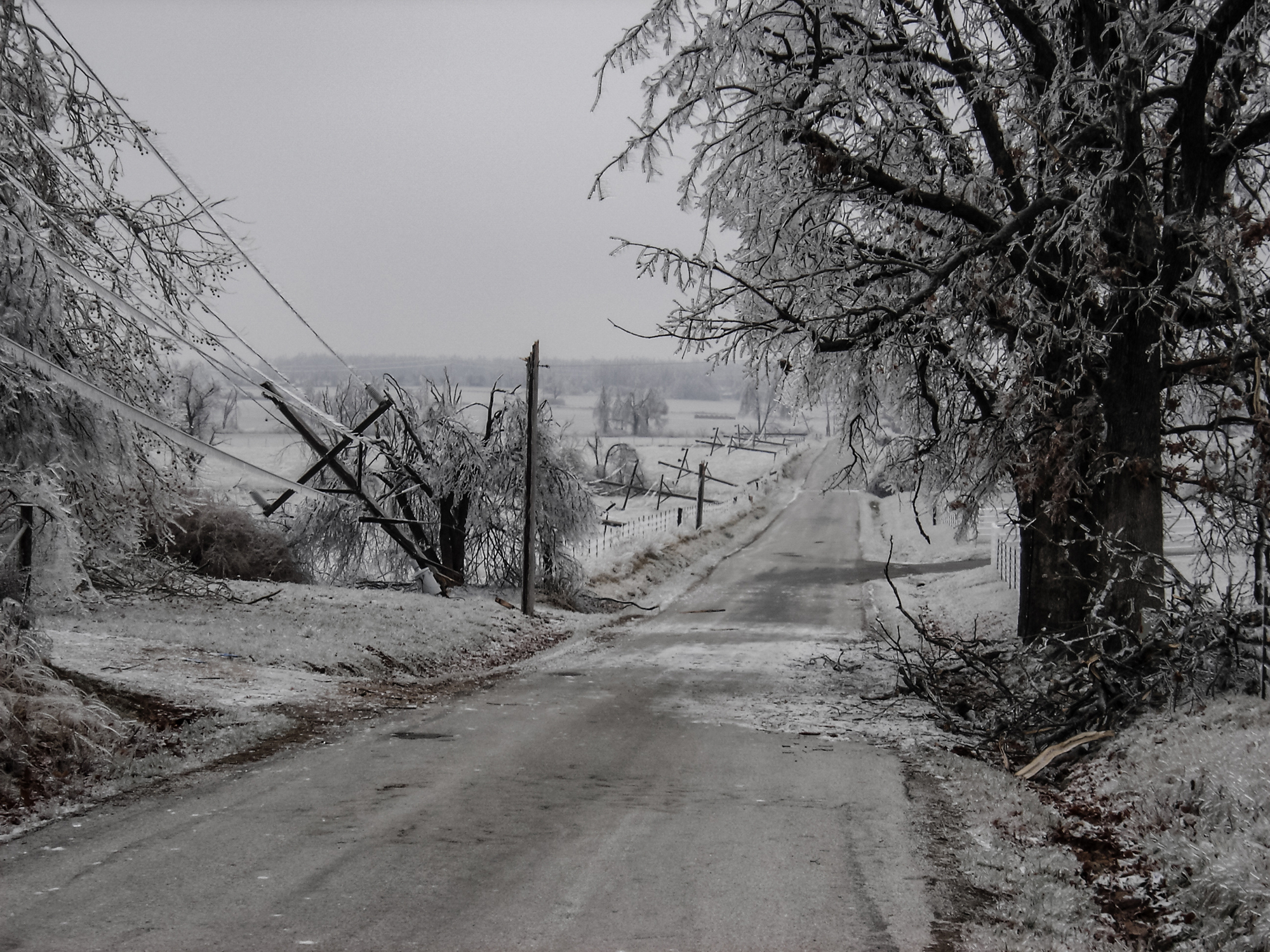
And don’t forget about defense. When your power goes out, does it affect your home’s security? Do you have the ability to light up your property if necessary? What is the plan if you must defend yourself and police resources are tied up on other calls, or the cell phone batteries died two days ago and there’s no way to call?
In 2012, I recall police letting me off with a ticket for running a stoplight that seemed to creep up on me. It was an honest mistake and they told me they have had a lot of calls coming in and couldn’t be bothered with me. Think about that one for a second. We are always concerned about the basics of shelter, food, water, and first aid; what happens if your number one survival priority becomes self-defense? If you aren’t prepared to respond, who do you think is coming to save you?
Rinse and Repeat
There’s an old expression I’ll paraphrase: Don’t practice until you get it right, practice until you don’t get it wrong. Just because you practiced once, doesn’t mean you know it all. Performing an exercise once is barely enough to claim any familiarity with it, let alone proficiency.
Think of it this way: You probably don’t go to the range and fire a single shot from a box of ammunition and call it a day. You probably shoot more than a box of ammo in each training session. If you’re not content with one round at the range, you shouldn’t be content with one practice session of the 72-hour power outage drill.
Of course, the drill is more of a time commitment than a range trip; that said, strike a balance between your normal life and training. Just make sure you don’t settle for a single repetition. You’ll learn more each time you apply yourself and the ultimate goal is to make the 72-hour timeframe less difficult.
Remember, too, that most emergency situations are resolved within 72 hours. What happens if yours lasts longer? Always be prepared to extend your emergency training an extra day or two.
READ NEXT – Backup Power as Part of Your Survival Plan

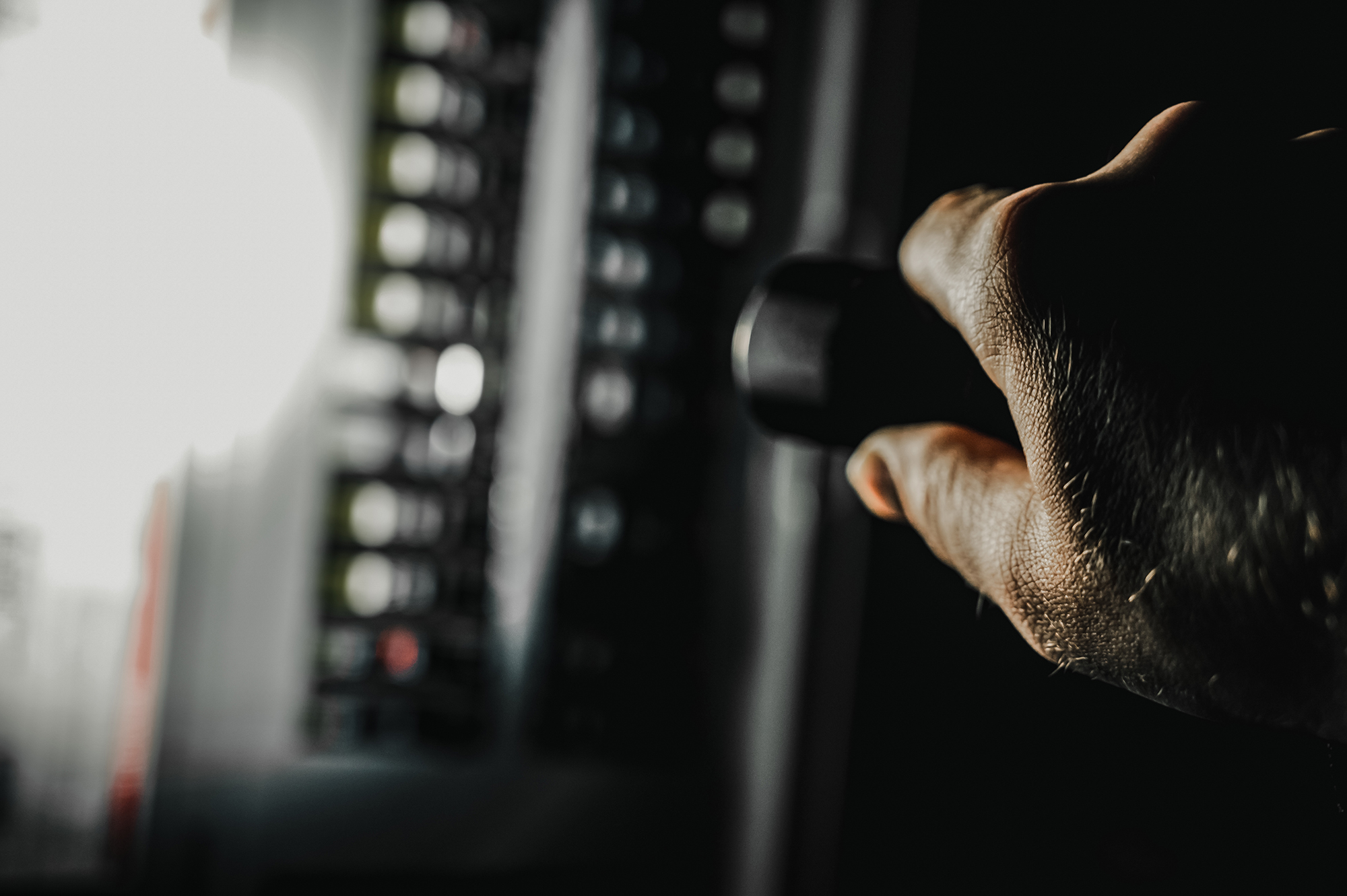


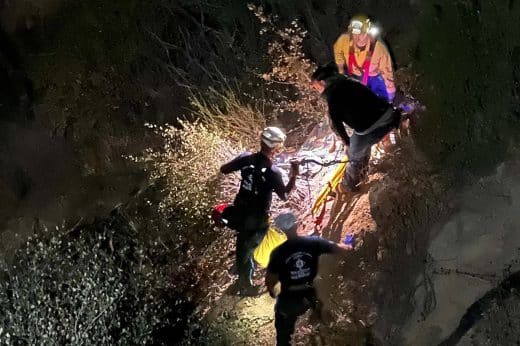
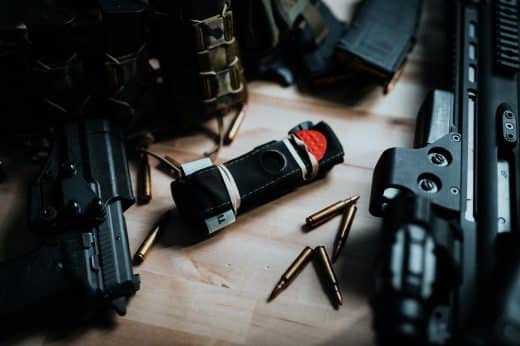


Comments